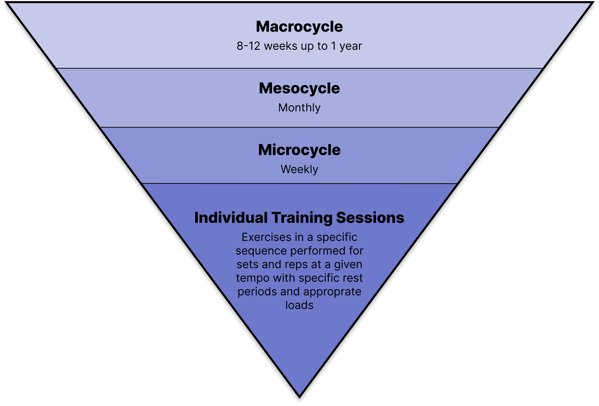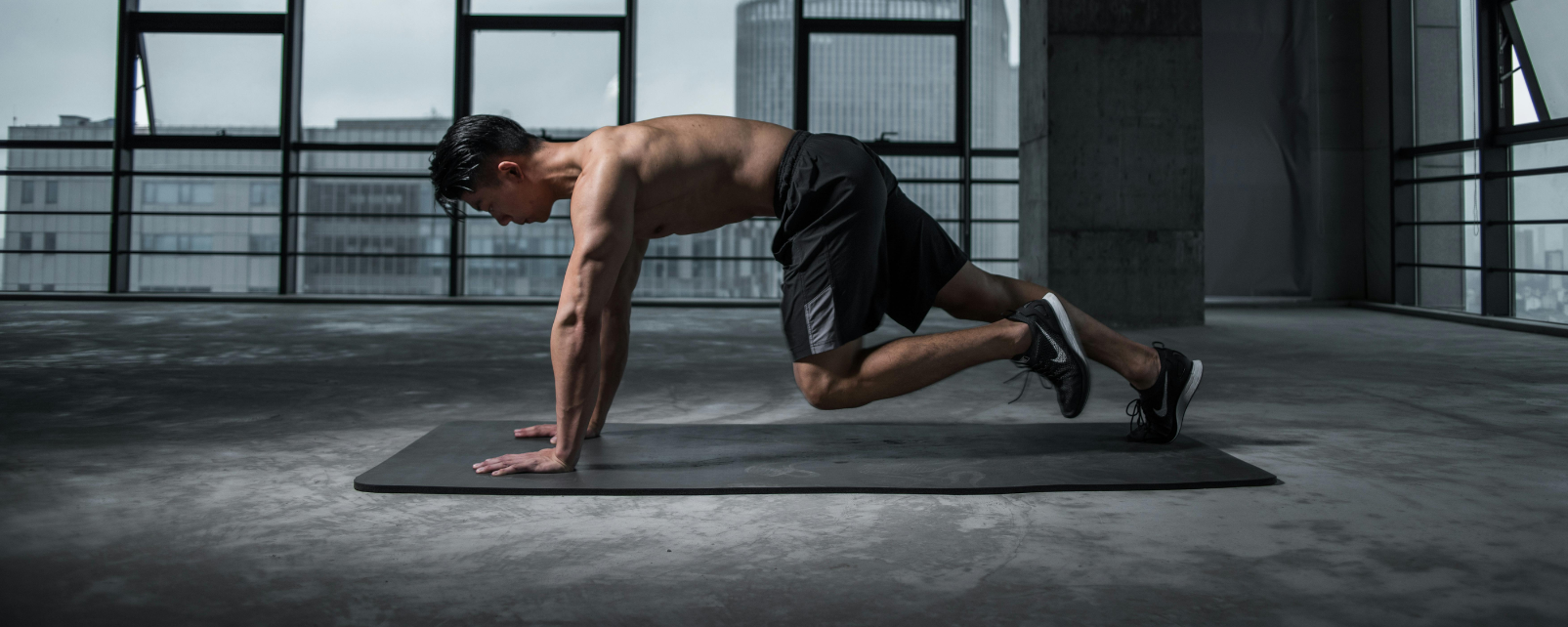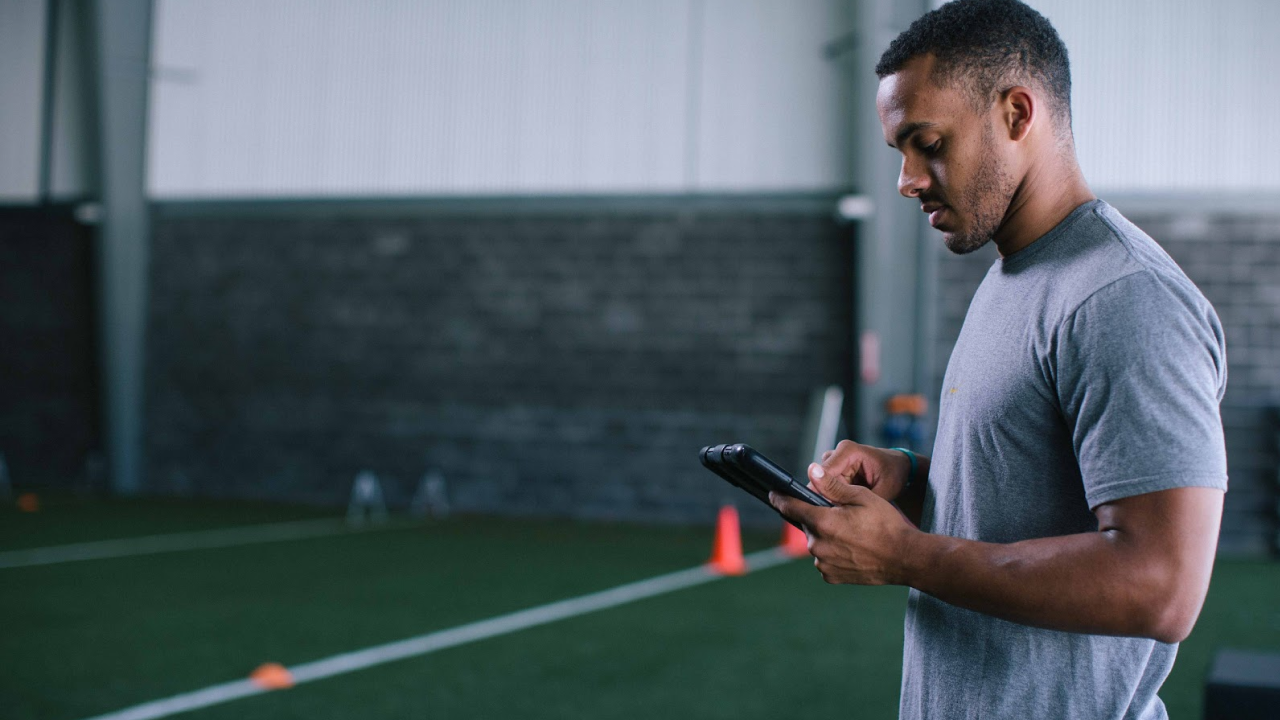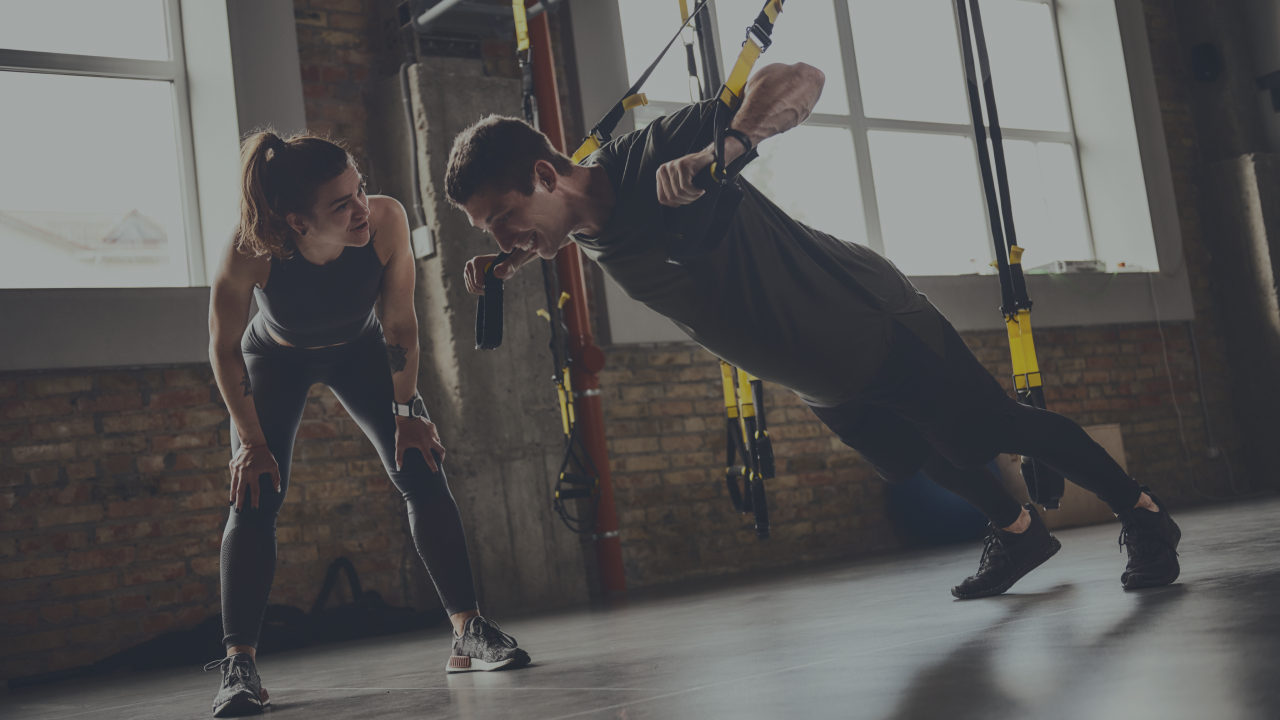Design Programs, Not Workouts: 4 Steps to Successful Program Design
The fastest way to differentiate between a fitness enthusiast and a genuine fitness professional?
Enthusiasts write workouts. Professionals write programs.
The enthusiast may know all different types of exercises and be able to help people “get a good sweat”, but it’s the professional who knows how to actually help trainees achieve their goals in a safe, efficient manner.
“It’s one of our big mantras — we design programs, not workouts. We look at the program design process as going from big picture to small picture. We start with the macrocycle and work backward to the individual training sessions,” says Craig Rasmussen, CSCS, and the Director of Coaching and Programming at Results Fitness in Newhall, California.
This approach sets apart the philosophy of programming from that of most people. According to Craig, most trainers start at the bottom of the pyramid, selecting exercises first and moving forward from there. However, this is the reverse of the philosophy of programming.
Instead of randomly prescribing exercises without any sight of the big picture, the philosophy of programming starts with a larger plan in place, which has been reverse-engineered to achieve a desired outcome. Therefore, the programming philosophy does not begin with the question of what exercises to do today or what workout to do, but rather with a pre-existing plan that outlines the path towards the intended result.

This philosophy has been extremely successful for both Rasmussen and Results Fitness.
Rasmussen boasts nearly 20 years of fitness experience and has been featured in high-profile media outlets including Muscle and Fitness, T-Nation, and Men’s Fitness. He’s also the co-author of the book Secrets of Successful Program Design. Results Fitness, meanwhile, has repeatedly been named a Top 10 gym in America by Men’s Health.
Here, Rasmussen reveals his most important steps to successful program design and details why the Bridge app is the solution for smart fit pros to create and deliver effective programs at scale.
The 4 Essential Steps
Determine the goal
Most trainers — even largely ineffective ones — will ask a new client about their goals. Yet the problem is that many trainers let clients set broad, non-specific goals that offer little direction when it comes to designing an effective program.
Generally speaking, client goals will fall into one of three buckets:
- Perform better (this particularly applies to athletes, military personnel, tactical professionals, etc.)
- Look better
- Feel better
“The first question we ask every client is, ‘What’s your goal?’. Imagine a client’s top priority is body recomposition. But instead, I spend all our effort on helping them move really well. Maybe I get their inline lunge in the Functional Movement Screen from a one to a two over the course of a couple months. That’s great, but if they haven’t lost any fat, I’m likely going to lose that person as a client. You can have multiple goals, but you can only have one priority. We need to identify what the most important thing is,” says Rasmussen.
Results Fitness utilizes an initial strategy session with new clients to dig deeper into their biggest priorities and help ensure their goals align with the S.M.A.R.T. criteria.
- Specific
- Measurable
- Actionable
- Realistic
- Timely
“As soon as we select that goal, I’m already beginning to shape something in my mind that will become a template … We have templates for fat loss, templates for moving and feeling better, templates for those interested in powerlifting. The template is essentially our framework. It’s like an outline for a paper we’re going to write. It’s not set in stone. We’ll still change things, cut and paste, move things around. It’s flexible.”
Determine the starting point
Step one determines the client’s desired destination.
However, you must also gain a strong understanding of their starting point in order to create the best program possible. You can't start a road trip across the country without knowing there's gas in the tank.
While ineffective trainers often rely on little more than an “eye test” to estimate a client’s starting point, the best fitness professionals leverage detailed questionnaires and movement evaluations to assist them in this crucial process.
“We need to know training history. What have they done previously? Are they a complete novice to strength training? Are they a complete novice to sensible training? Then we also have to factor in things like medical history, previous injuries, chronic conditions, medications. If someone is on beta blockers, that can change how I program for them,” Rasmussen says.
Results Fitness also utilizes the Functional Movement Screen to better understand a new trainee’s movement ability and identify their biggest opportunities for improvement. While this information isn’t used to write the program itself — that’s based on the client’s goals — it is used to modify and optimize the program as needed.
Determine the time frame
Time is an oft-forgotten factor in program design. Goals have to be realistic and timely (SMART) so if your goal is to increase your deadlift PR by 200lbs but you only have two weeks to do it, it's probably not going to happen. Just like trying to lose 30lbs in a week, not SMART.
"It’s our job as trainers to work with clients to help make the timeframe realistic and set expectations up front.”
Other important, time-related factors that can impact program design:
- The number of days per week the client will train (i.e. training frequency)
- The amount of time they’ll dedicate to each workout (i.e. workout length)
“I can write you the world’s greatest four-day-a-week program, but if you can only train two days per week, I have to tear that program up,” says Rasmussen. “Time-wise, we often assume clients have an hour to train, but what if they don’t? What if they only have 30 or 45 minutes? Then we have to make modifications.”
Determine your periodization
The final step of program design is determining the type of periodization you’d like to utilize. Periodization is the planned manipulation of training variables in order to maximize training adaptations and prevent the onset of overtraining syndrome. The specific method you utilize is less important than ensuring you consciously follow a method of planned manipulation of training variables over time.
Important training variables include:
- Repetitions (i.e. Volume)
- Sets (i.e. Volume)
- Loading (i.e. Intensity)
- Tempo
- Rest Periods
- Exercise Selections
There are numerous types of periodization. Linear periodization, for example, sees the volume (or number of reps) decrease over time as the intensity (namely, load) increases. Undulating periodization follows a non-linear format that manipulates training variables on a daily or weekly basis — for example, a high-rep, low-load workout may be immediately followed by a low-rep, high-load workout. Many of Results Fitness’ program templates already have periodization baked into their design.
“The most common variable we’re going to be manipulating in our world, from a macro standpoint, is the reps. Which by default, will manipulate the loads, because those are tied together,” Rasmussen says.
Finding the right tool for the job
While Excel was a fine programming tool for Results Fitness for many years, they eventually realized the need for a more powerful digital platform. After trialing a number of options, the Bridge app emerged as the clear-cut winner.
“We tried out a bunch of other platforms, but quite honestly, those platforms didn’t follow the big-picture-to-small-picture process. It was more of a just-writing-workouts process,” Rasmussen says.
“The beauty of the Bridge platform is that it fits perfectly with our philosophy. The transition was truly seamless for us.”
Check out this video to hear Rasmussen detail how Bridge fits perfectly with the highly-successful Results Fitness workflow — and how you can utilize it for yourself. You can give it a try FREE for 30 days!
About the Author

At Bridge, we are all athletes and coaches first. As athletes, our team has experienced everything from riding the pine on JV, to winning NCAA championships, to competing in the Olympic Games. As coaches, we have helped countless athletes reach their full potential, winning everything from age group section championships to Olympic Gold Medals.
Related Posts

Six Benefits of Exercise on Mental...
Exercise is not only vital for physical health but also plays a transformative role in mental...

4 Easy Steps to Launch and Sell a...
The holiday season offers a unique opportunity for personal trainers to reach more clients and...

4 Proven Offers to Attract Clients and...
Standing out in the competitive world of personal training and fitness coaching requires more than...



